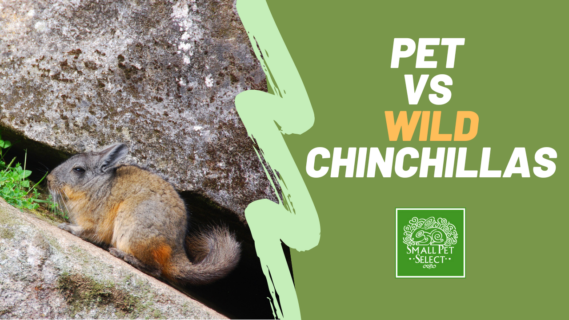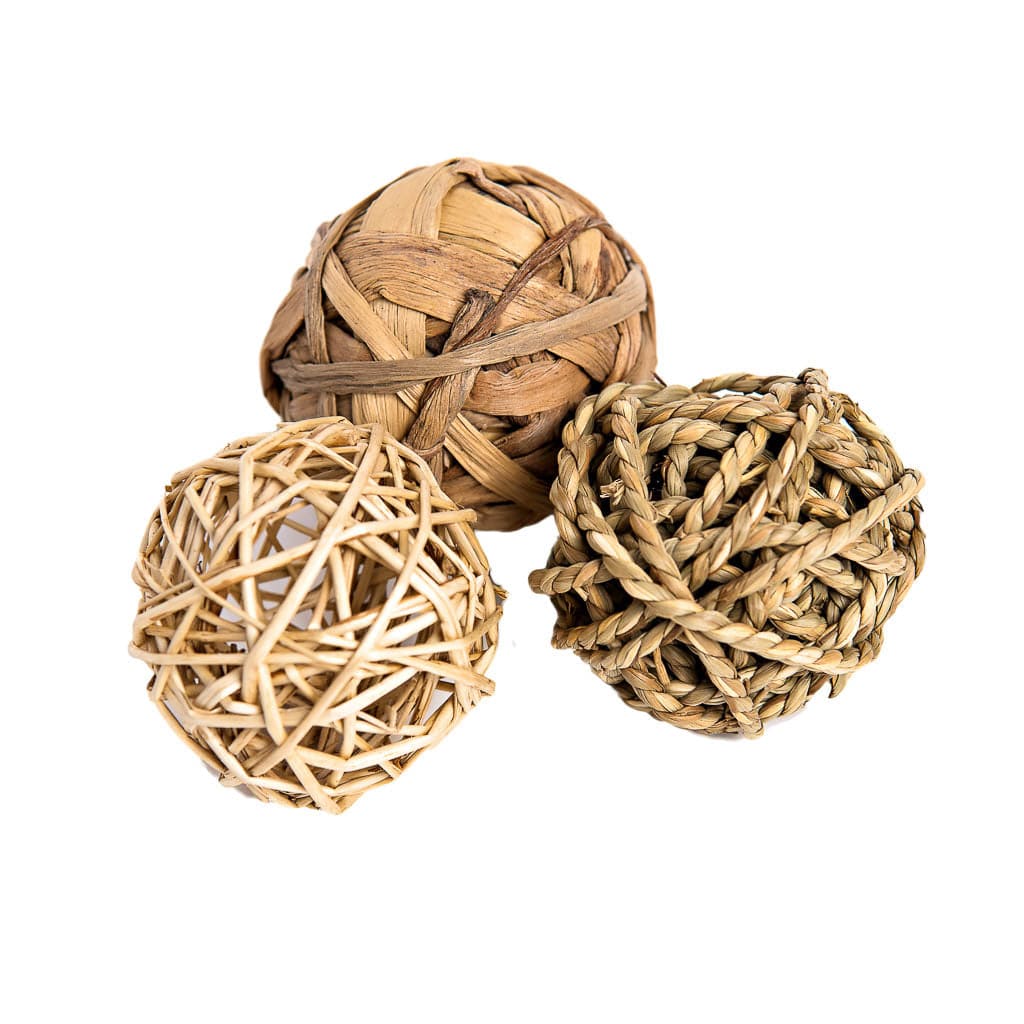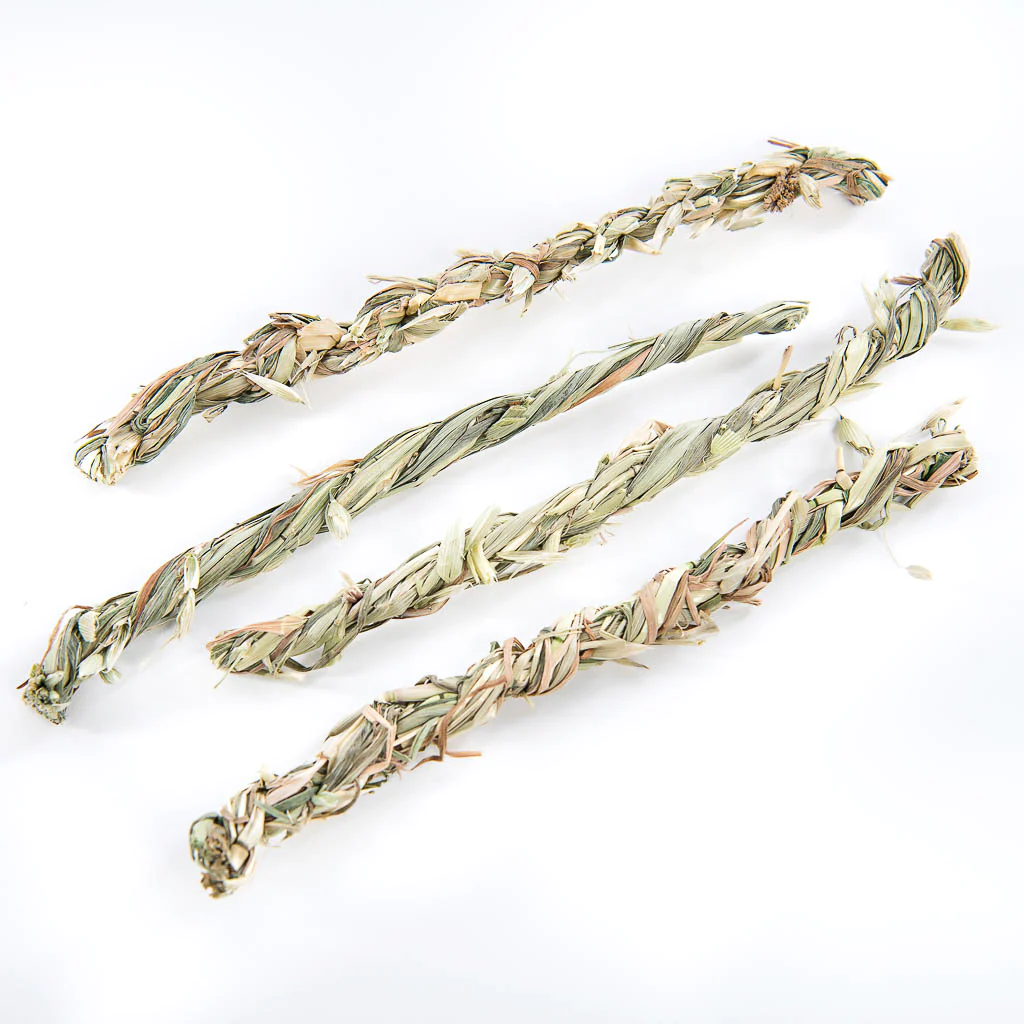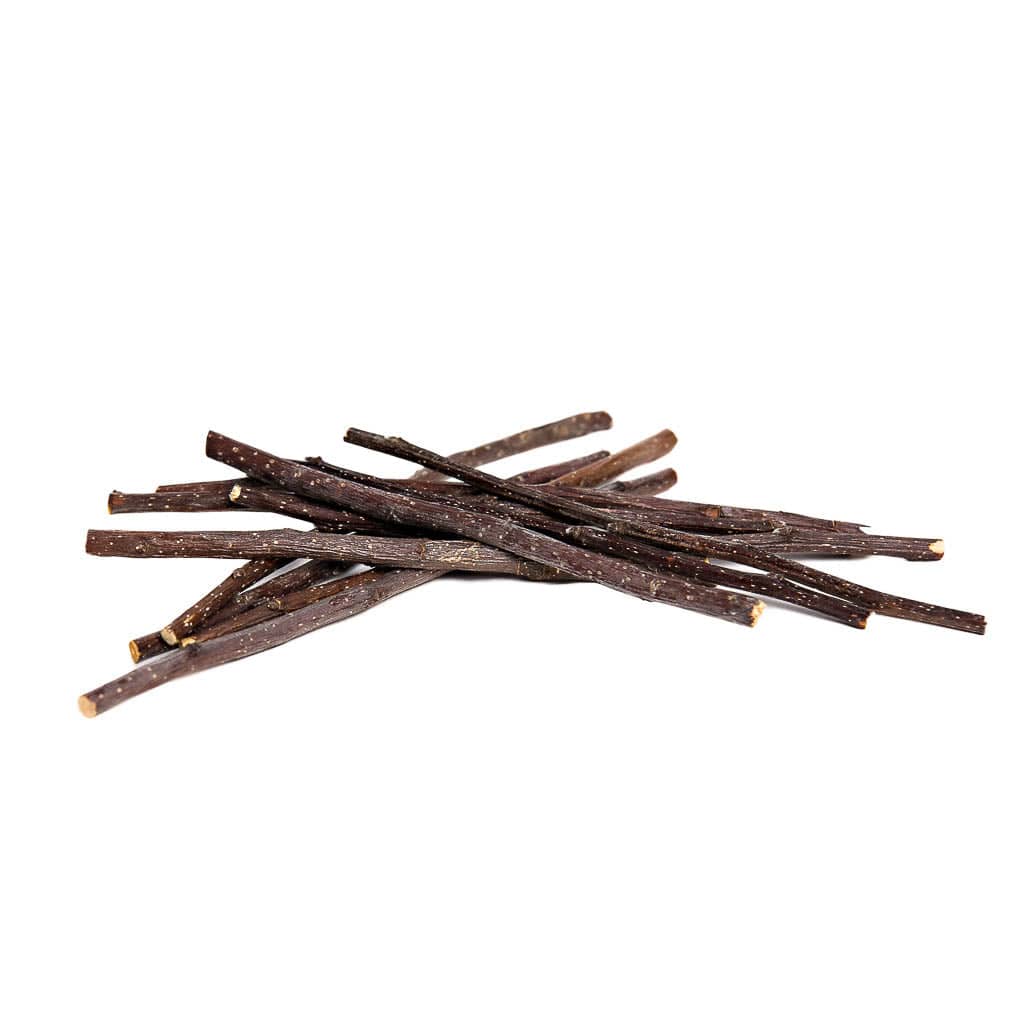People started breeding chinchilla pets commercially in 1920. Rabbits on the other hand were domesticated in the 5th century. So chinchillas have a much smaller history of living closely with humans than other pets.
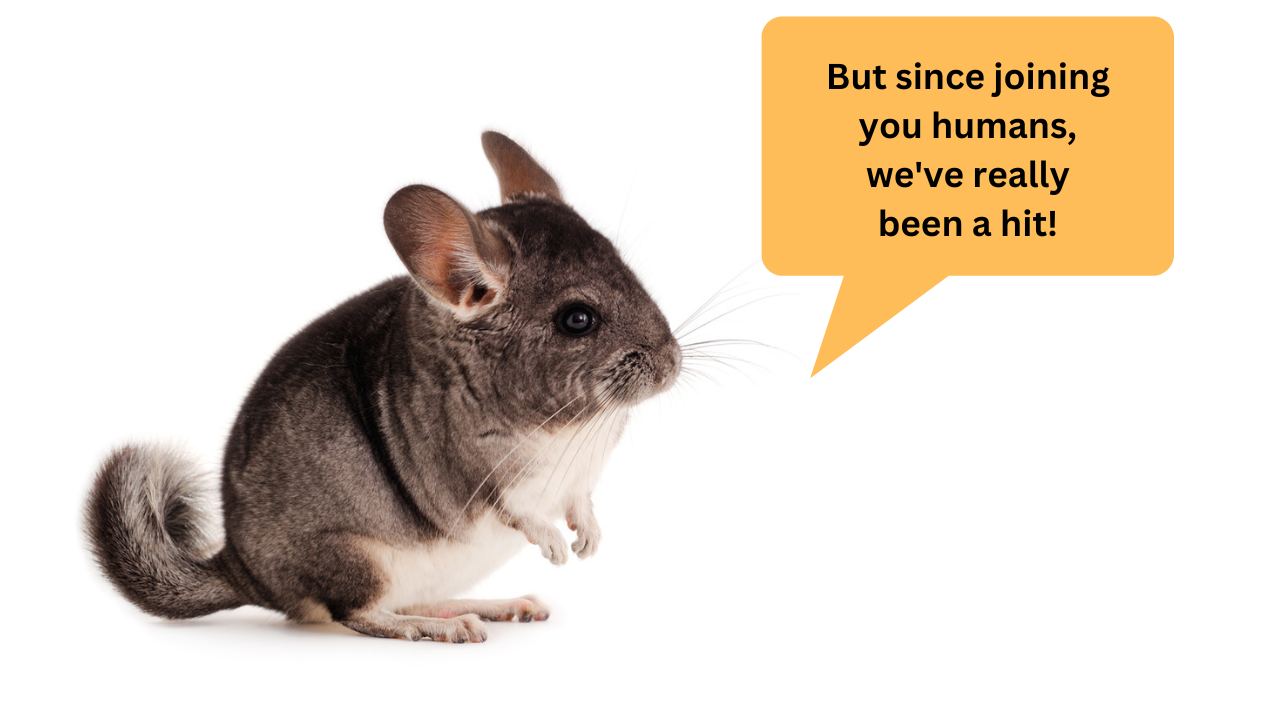
Chinchillas in the wild are actually endangered. Hunting plays a big role in this.
They originate in the Andean Mountains of South America where they adapted to live in rock crevices and holes in the mountain.
We need to look at how chinchillas in the wild live so that our chinchilla pets can be given a life that encourages natural instincts and mimics nature.
What Are Chinchillas In The Wild Like?
Chinchillas have adapted to a certain lifestyle, and now it’s your job to replicate that lifestyle domestically. So, let’s take a trip to the Andes and talk more about what their lifestyle looks like.
Wild Chinchillas Are Extremely Agile
Imagine living your life on rock cliffs. You would need to have a hefty set of skills to survive. Chinchillas are able to jump up to six feet in the air.
They move quickly around the mountains avoiding predators and hopping back into hiding at any sign of danger.
This is why it’s so important for chinchilla pets to have hideouts and plenty of ledges!
They’re also great at clinging to rocks or branches. Those little hands have a lot of muscles in them.
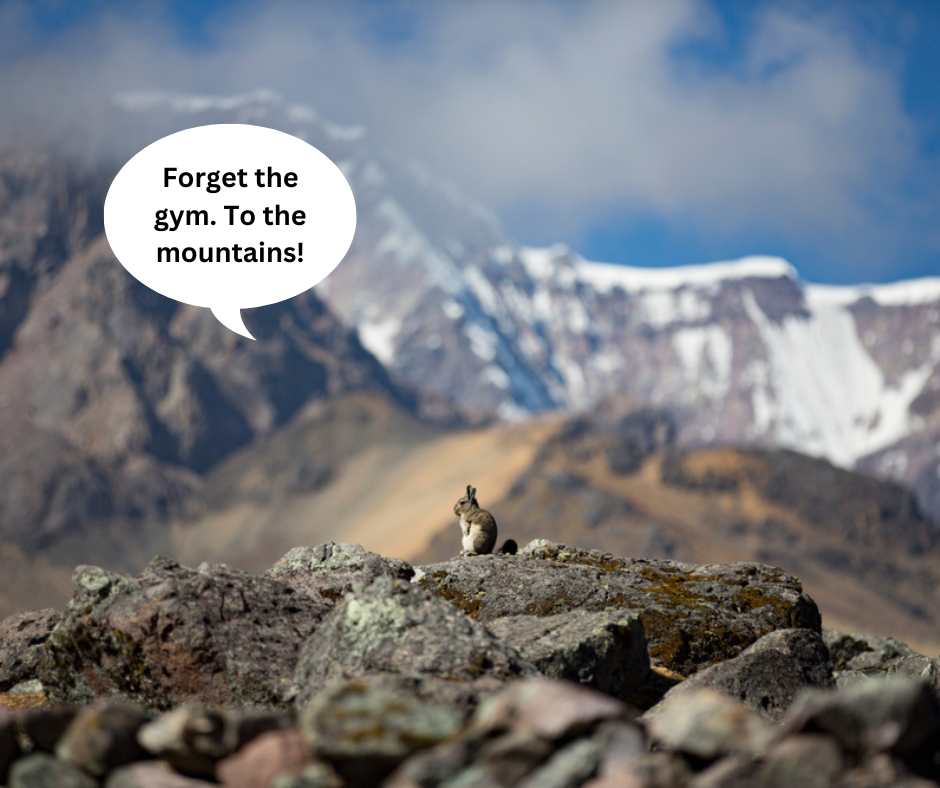
Chinchillas have adapted to the cool temperatures of the mountains. With such a thick coat it’s important that chinchillas are never in weather warmer than room temperature. They can easily overheat.
The ideal temperature is 60-75 degrees. But keep an eye on humidity. With high humidity the room could feel much hotter than it is!
Wild Chinchillas Live In Herds
Chinchillas in the wild are just as social as chinchilla pets. Wild chinchillas live in herds that have 14-100 members.
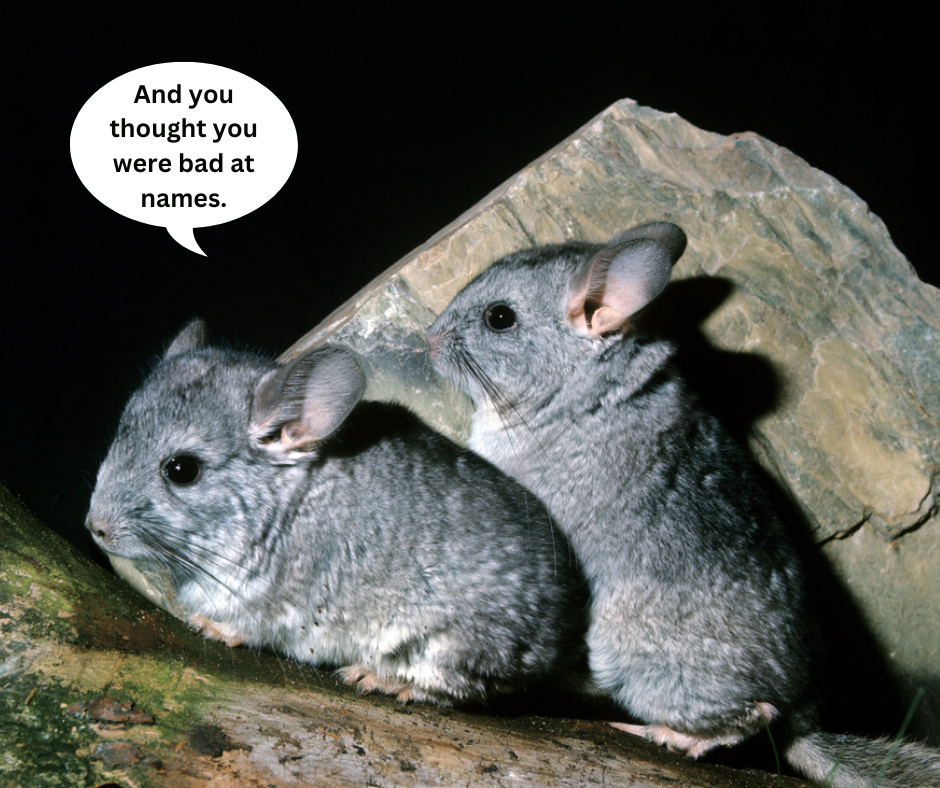
This is not only for social reasons but also for safety. The more chinchillas you have on the lookout ready to sound the alarm the better.
Chinchilla pets don’t have the dangers that wild chinchillas do of course and I’m sure nobody is housing a herd of 100 chinchillas. Their social needs can be met with just 1 or 2 other chinchillas.
Chinchillas Are Crepuscular
Crepuscular is not the same as nocturnal. Crepuscular animals are most active at dawn and dust. This is right before it gets light and right before it gets dark.
Chinchillas have adapted to a safer lifestyle and many predators aren’t hunting at this time. This is why you may see your chinchilla getting a very early start on the day and then have plenty of daytime naps.
It also means playtime after work and into the evenings makes a great routine!
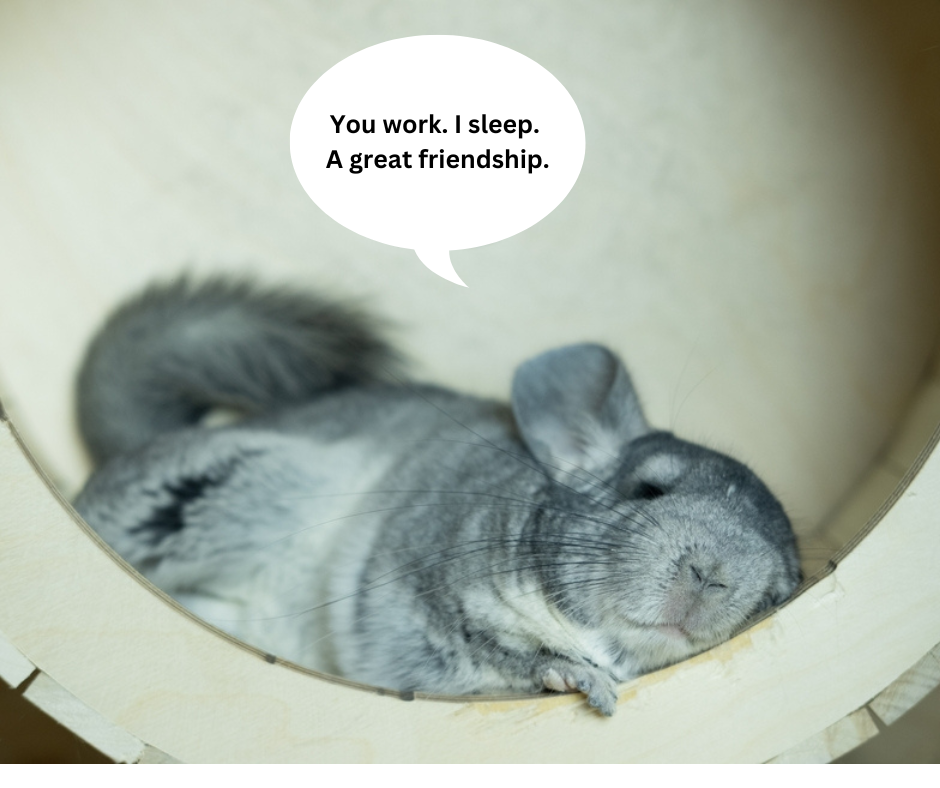
Chinchillas Stay Out of Water
A chinchilla’s fur is incredibly dense. They have around 60 hairs per follicle while we humans only have 2-3 hairs per follicle.
Their fur is so dense that it actually stops water from escaping. This causes water to sit in their fur and cause mold to grow over a period of time. Fungal infections can also become a worry if chinchillas get wet.
For this reason, wild chinchillas clean themselves with dust! And pet chinchillas use dust baths to replicate this natural cleaning routine.
They need to have regular dust baths to keep the oils evenly distributed on their skin.
Chinchillas In The Wild Are Natural Foragers
Wild chinchillas are always searching for grasses, barks, and flowers. They collect a wide range of nutrients as they forage different plants.
They are herbivores who need lots of fiber from plants to keep up the bacteria levels in their guts and have a healthy digestive system.
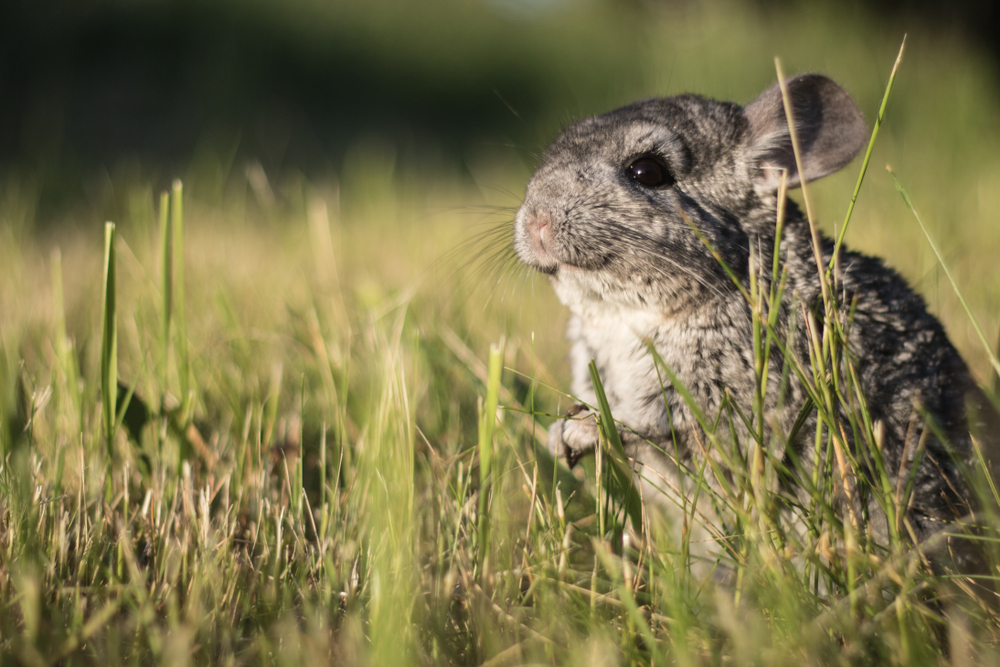
Chinchilla pets often get lazy in this category as all of their food is very easily provided for them (they need to have hay available 24/7). This is where toys come in!
Chinchillas need toys made from natural materials just like they would find in the wild. And toys they would love to take a bite of!
How To Create A Natural Environment For Chinchilla Pets
Chinchilla pets will be encouraged to forage and explore when they get curious. Having different textures and materials for them to push, tug, and chew will get them up and moving.
And make sure there’s always a surprise to be found.
It’s up to you to provide foraging areas with natural materials so they can play out their instincts.
Balls and Rings
Balls put your chinchilla’s snack on the move. They will love to push and chase a Hay Ball or a Willow Ball.
Both of these toys are safe for chewing. Chinchillas will get to work pulling these apart.
The Buckwheat Chain and Honeysuckle Ring can be easily attached to your chinchilla’s cage giving them an opportunity to tug and pull just like chinchillas in the wild would with sticks and branches.
Fidget Sticks and Twists
You probably have certain hay you’re buying in bulk for your chinchilla. Having other types of hay in the form of toys will give your chinchilla more to taste!
You can get oat, meadow, and rye Fidget Sticks. The hay is tightly woven to help this treat last longer! Twists are the same idea but with a new shape to explore.
Logs and Sticks
Logs and sticks are one of the best ways to make your chinchilla’s enclosure more natural. You can wedge them in the corner of their cage so they have to tug and pull them out.
Hay Cubes and Goji Berries To Get Chinchilla Pets Foraging
Hay Cubes are hay shaped like cubes. That’s it. Chinchillas love these because they give them a new crunch and texture to their favorite food.
The best treats for chinchillas are the ones you don’t have to worry about them eating too much of. Their digestive system stays happy.
Hiding hay cubes around their cage will get them excited when they discover the surprise. And it teaches them to always be looking!
Chinchillas also love our Dried Goji Berries. Perfect for hiding around their enclosure or even mixed in with their hay pile.
Why We Love Chinchillas As Pets
Watching chinchillas explore their world is the best part of being a chinchilla owner. When you get to know them you see just how smart they really are. It’s no surprise people want to share their homes with these fur balls.
If you have chinchilla pets, take care of them by giving them a safe home to live out their natural instincts near their human friends.



